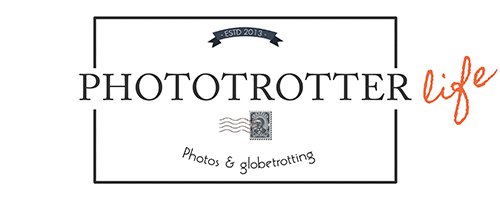Auschwitz concentration camps (Oświęcim, Poland)
May 9th 1945. Victory Day in Europe. The war is over, hats are thrown in the air, flags are waved, dances are danced, Kapitulation pacts are signed, and concentration camps are liberated. For some the process had started already, earlier that year, as it was the case of Auschwitz, on 27th of January 1945, known as Holocaust Remembrance Day.
More an extermination camp than a concentration/labor camp, Auschwitz was actually a complex of almost 50 smaller camps around the Polish town of Oświęcim. The largest were Auschwitz, Auschwitz-Birkenau (in Brzezinka), and Monowitz (Monowice). Over five years, ‘40-’45, they held over 1,3 million prisoners, out of whom only 10% survived.
Auschwitz I, the gate
The sign was made in-house by blacksmith-savvy prisoners. The story goes that the B was welded upside down as a silent protest and ridicule of the slogan (Arbeit macht frei - work sets you free). In most concentration camps, even prior to the war, hard labor was an instrument for the “reeducation” of prisoners, who performed mainly construction work under inhumane conditions. The tortures and degradation came a little later.
In 2009 the sign hanging above the entrance at Auschwitz I was stolen by a Swedish group of sympathizers of national socialism. Shortly it was recovered cut up into pieces, restored, but the one hanging now over the gate is a replica, the original has been placed in the camp museum.
Auschwitz I, peak camp population: 18.000 prisoners (1944).
Prisoners’ marks: red triangles - political prisoners, green triangles - criminals, black— gypsies and anti-socials (drunks, beggars, homeless, prostitutes), pink - homosexuals (the lesbians, however, were included in the anti-social group), and purple - Jehovah’s Witnesses. The Jews had a six‑pointed Star of David made of two triangles, red and yellow (yellow, echoing the badge worn obligatory by the Jewish population throughout the better part of the last millennium). Letters on the triangles explained the nationality of the prisoner - P for Polish, R for Russian, etc.
Some of the (Gypsy) children on whom Dr. Mengele performed medical experiments.
Irrespective of their age and religion, some prisoners fell sooner or later into a category named in the camp lingo “the Muselmann”, a corrupt form of the Arabic word muslim. It was the term for the inmates who reached a terminal stage of physical emaciation and mental exhaustion.
The term comes from pop culture, namely a popular nursery rhyme and song from the early 1800s (originally composed as a canon), in which children were warded off the dangers of drinking coffee “like a muslim” because it made you pale, sickly, and weak. (more about this here, original canon text here).
Some of the gas chambers had nicknames. There was the Little White House (had white plastered walls) and the Little Red House (the walls were red brick). They don’t exist anymore, most of the killing apparatus was destroyed, even before liberation. Some have been reconstructed, for museal reasons.
Zyklon B pesticide pellets were responsible for the poisonous gas. They were released in the overcrowded chambers as granules, at a temperature which turned them into a gaseous form. In two years, Auschwitz gas chambers used around 25 tons of Zyklon B.
Auschwitz Birkenau gatehouse
Auschwitz II (Birkenau). Peak population: 90.000 prisoners (1944)
More images in the gallery






















